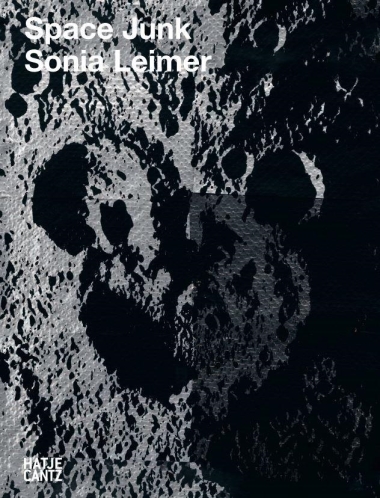Árakkal kapcsolatos információk:
Eredeti ár: kedvezmény nélküli, javasolt könyvesbolti ár
Online ár: az internetes rendelésekre érvényes ár
Előrendelői ár: a megjelenéshez kapcsolódó, előrendelőknek járó kedvezményes ár
Korábbi ár: az akciót megelőző 30 nap legalacsonyabb ára ezen a weboldalon
Aktuális ár: a vásárláskor fizetendő ár
Tervezett ár: előkészületben lévő termék tervezett könyvesbolti ára, tájékoztató jellegű, nem minősül ajánlattételnek
Kötött ár: a terméknek az Árkötöttségi törvény alapján meghatározott legalacsonyabb eladási ára, melyből további kedvezmény nem adható.
(link)

